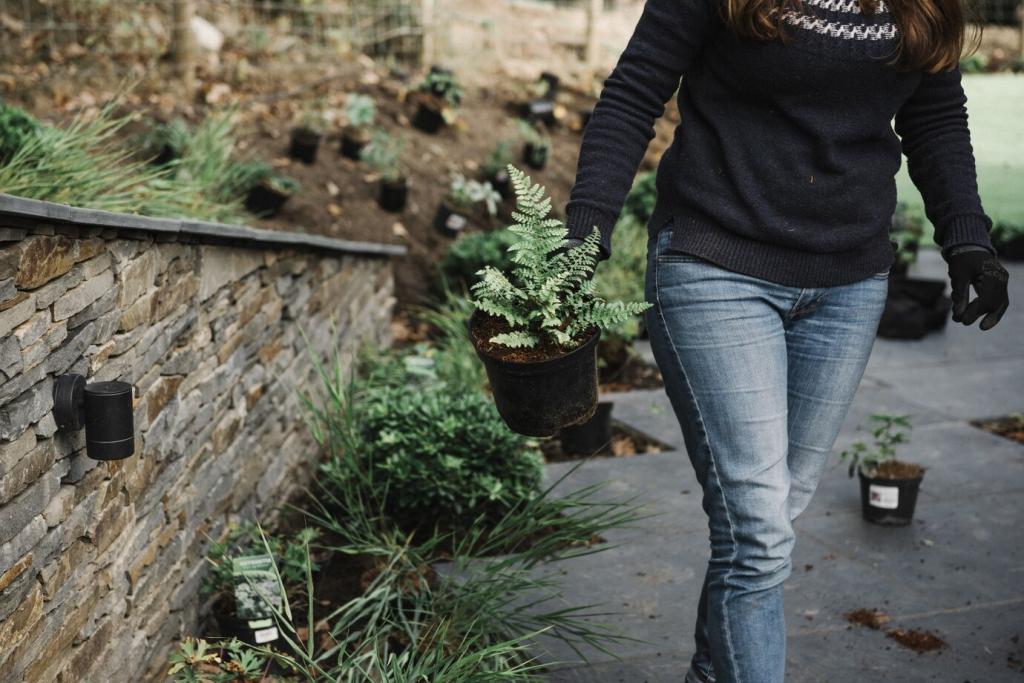The Science of Sound on a Living Roof
Green roofs often excel at mid to higher frequencies, where traffic hiss and mechanical whir are prominent. Studies report several decibels of reduction outdoors and noticeable interior improvements. Even modest drops can change perceived loudness, easing stress and improving focus.
The Science of Sound on a Living Roof
Moisture raises absorption by damping air movement within pores. After rain, many substrates perform better acoustically, while dry seasons may slightly reduce effectiveness. Seasonal plant growth also matters, so maintenance and irrigation schedules directly shape acoustic outcomes year-round.
The Science of Sound on a Living Roof
Beyond physics, the ear interprets context. Birds, rustling leaves, and gentle insect buzz create a pleasing soundscape that masks harsher tones. The brain perceives a calmer environment when natural signals dominate, reducing perceived annoyance even if measured decibels shift modestly.




